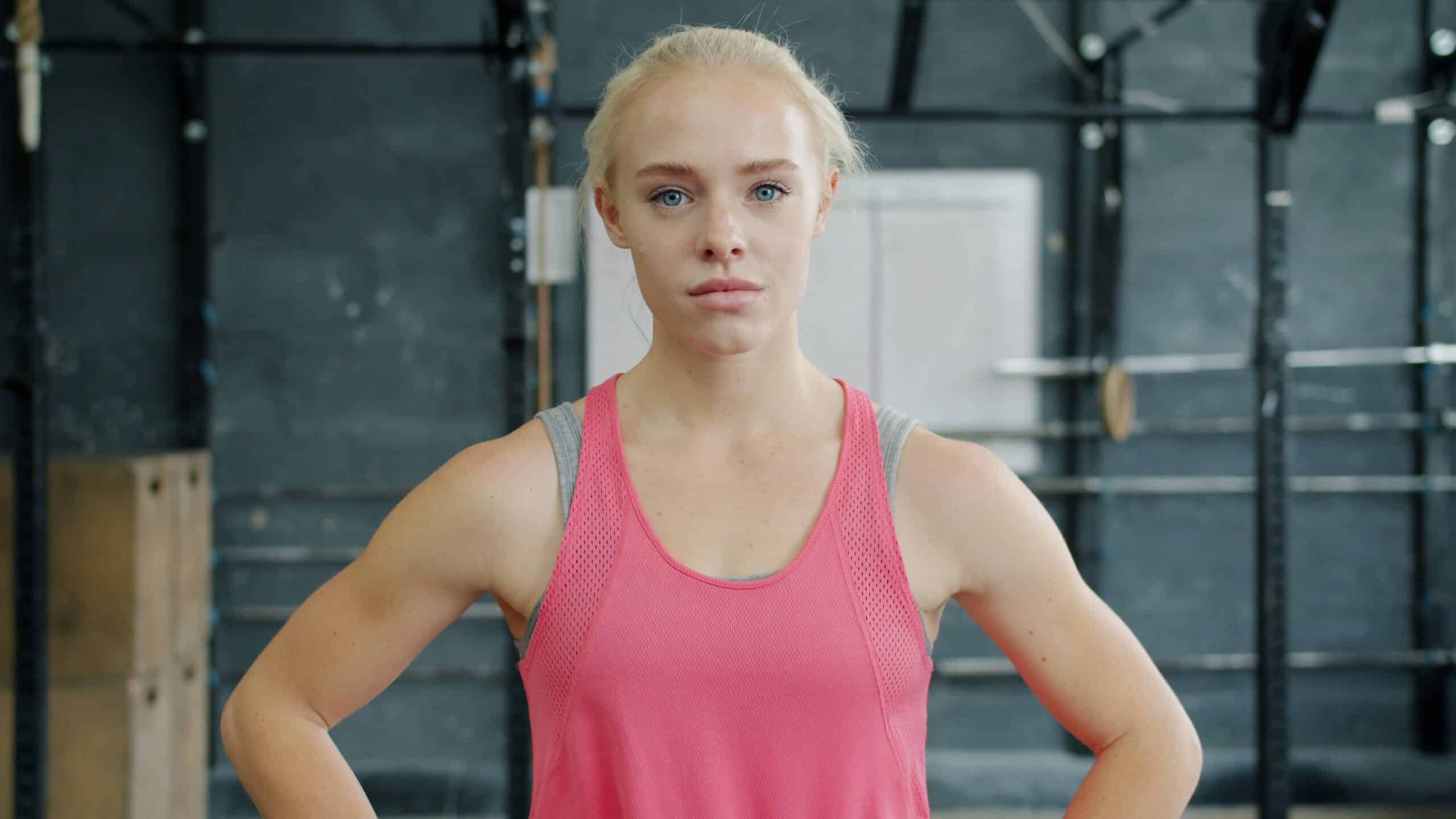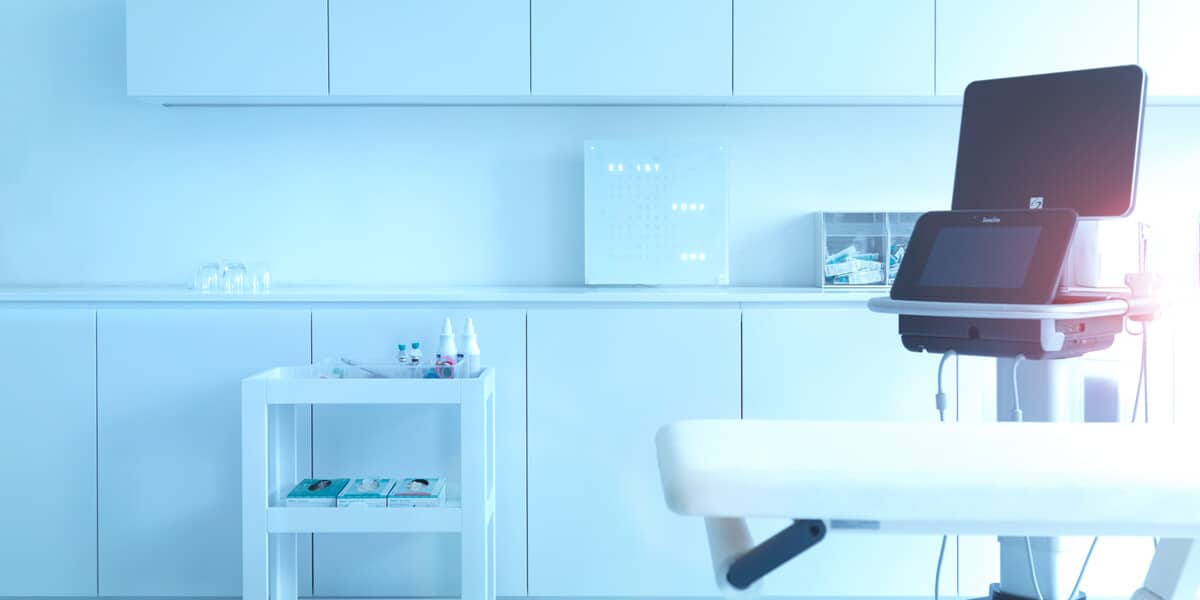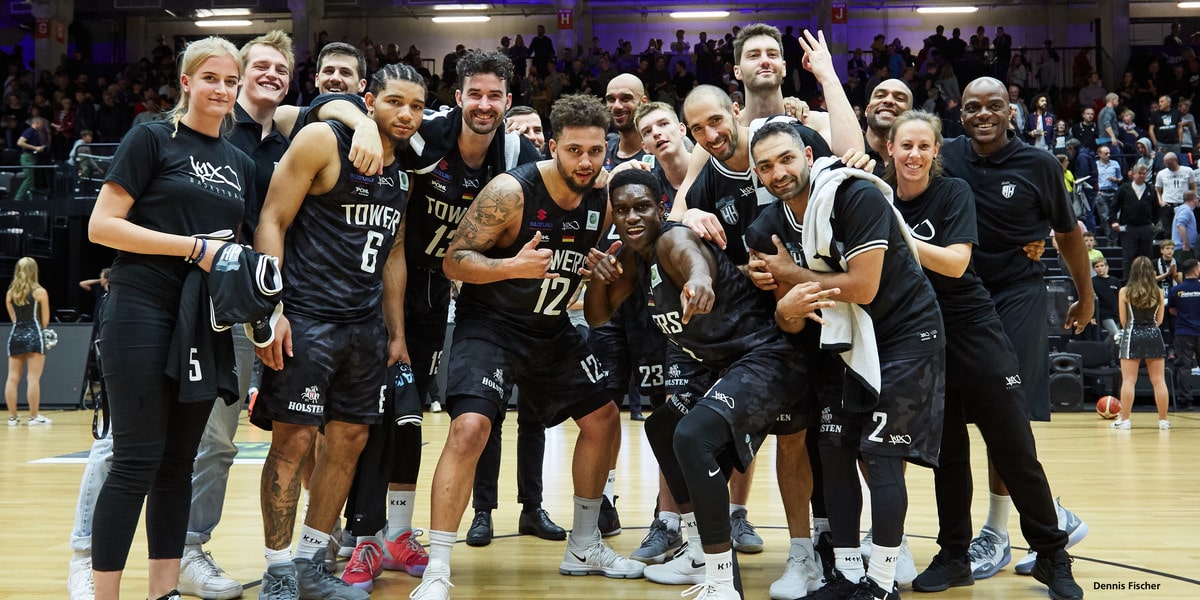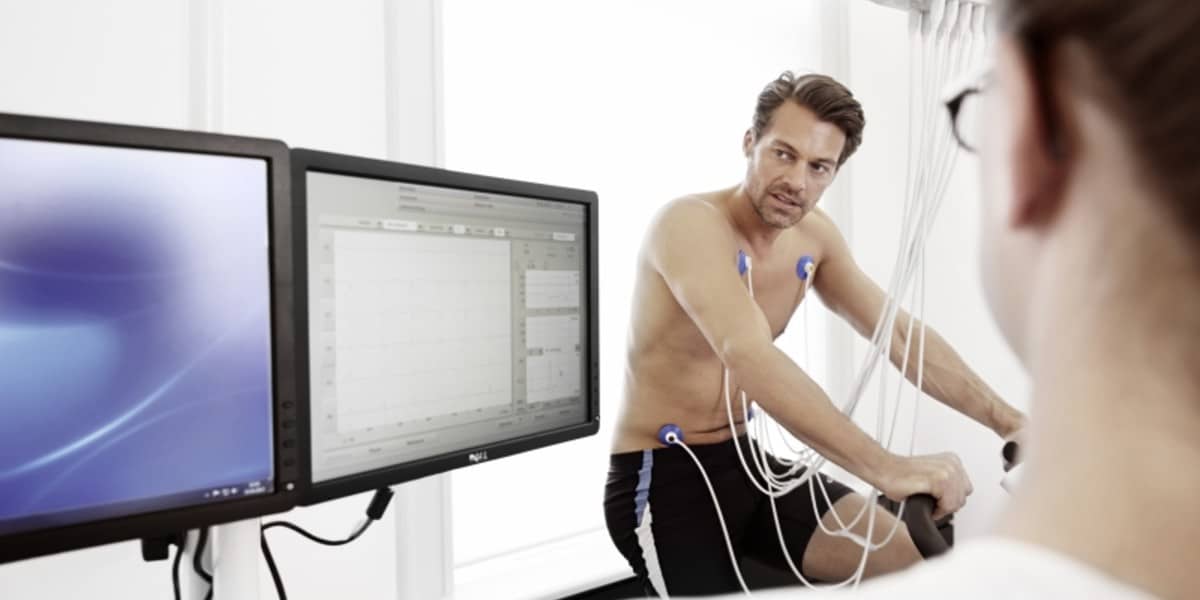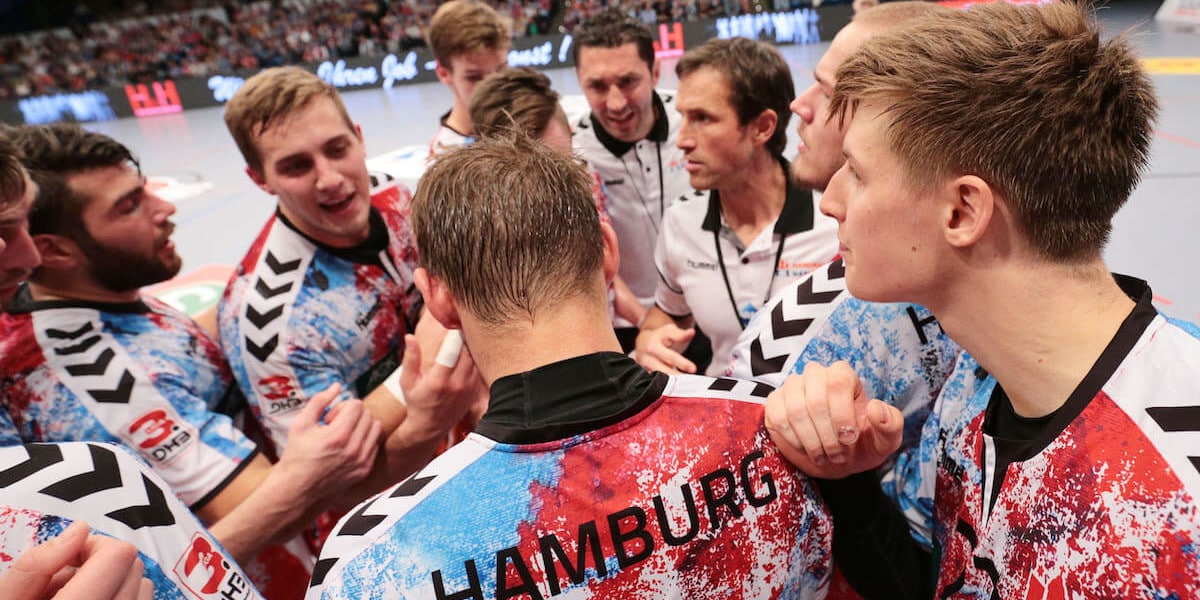Injury to a player – Absolute everyday life in professional sport. According to a study of the athletes’ statutory accident insurance, almost 80% of all players involved in football, handball, basketball and ice hockey injure themselves at least once a season. Now it has also hit Hamburg Towers basketball player Justin Raffington. In the away game at Phoenix Hagen, the center suffered a tear in the anterior cruciate ligament in the left knee. A big shock for everyone, the tower player season is over. He’ll be down for at least six months. This is not only extremely tragic for Justin but also for the whole team.
As a medical partner and specialized in sports and regenerative medicine, the LANS Medicum team of medical specialists, physiotherapists and sports scientists provides comprehensive support for the player.
In order to get a more precise picture of the rehabilitation phase of a professional athlete, we will show the progress of Justin and document the treatment.
- After surgery:
Justin was operated on the cruciate ligament at the suggestion of the team doctor a few days after the injury and immediately afterwards began rehabilitation in the LANS Medicum. In the beginning, it was important to reduce swelling through lymphatic drainage and massage. Furthermore, the joint must be stabilized. - The first goal of the rehab was to pass the RTA1 test. The so-called return-to-activity test consists of 4 test modules, including the one-legged knee bend or the Y-balance test. With the help of this test, the functional mobility of the athlete is tested in four quadrants and checks the upper and lower body, as well as the left and right sides for asymmetries. In addition, the mobility, neuromuscular control, core stability and range of motion of the individual quadrants are tested. In this way, a very good overall impression of the mobility and stability of the athlete can be achieved. Justin was perfectly prepared for the RTA 1 test by many different exercises, including using sport specific components with basketball, and successfully passed the RTA 1 test. Next step is the RTA 2, which contains jumps, among other things.

